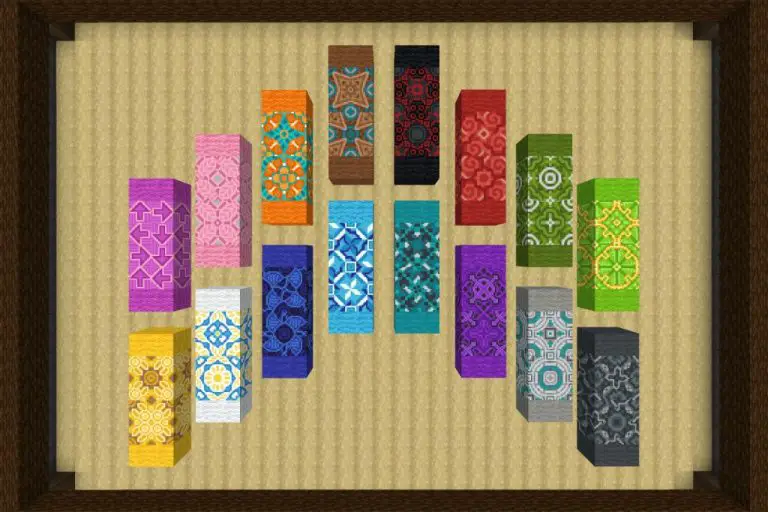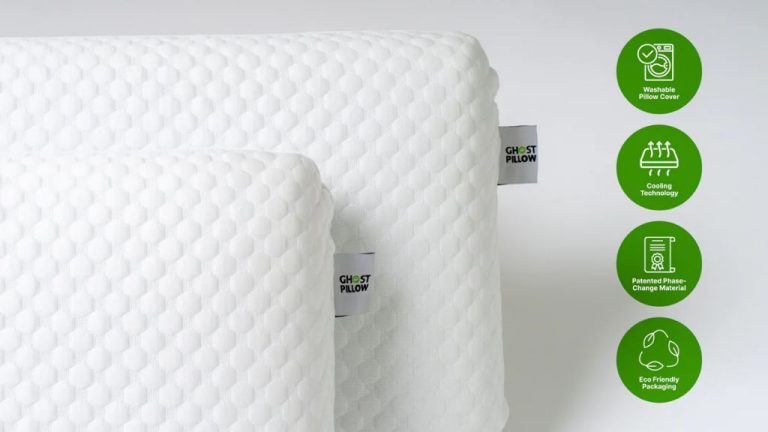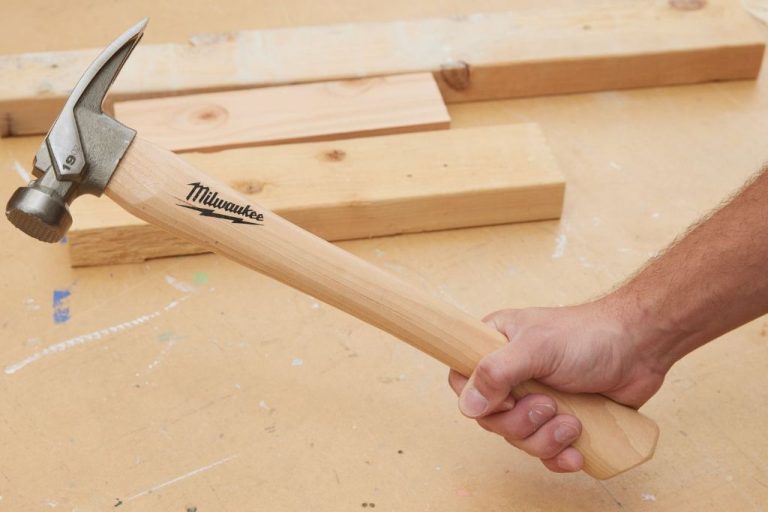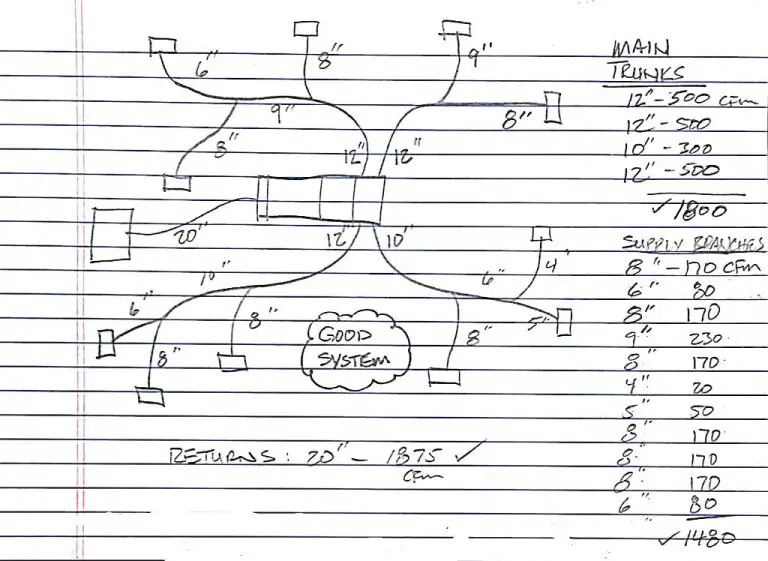Can Dirt Be Made Into Clay?
What is Clay?
Clay is a type of fine-grained natural soil material containing minerals such as kaolinite, montmorillonite-smectite, and illite. It is porous and easily molded when wet, making it ideal for shaping pottery, bricks, and other ceramic items. When fired at high temperatures, clay becomes permanently hard and rock-like due to chemical changes that occur during the firing process.
Clay has several unique properties that distinguish it from other soil types:
- Plasticity – Clay is highly plastic and can be molded into different shapes when wet.
- Cohesiveness – Clay particles stick together even when wet due to electrostatic forces between the particles.
- Shrinkage – Clay shrinks as it dries and contracts when fired.
- Absorption – Clay can absorb and hold significant amounts of water.
The three main types of clay are:
- Kaolin – Also known as China clay, this white clay is ideal for porcelain ceramics.
- Stoneware Clay – Fires to a strong, watertight ceramic at high temperatures.
- Earthenware Clay – Lower firing temperature clay that can be used for pottery and terracotta.
What is Dirt?
Dirt is the mixture of organic matter and mineral particles that covers much of the land on Earth. It is formed over long periods of time from the gradual breakdown of rocks due to weather and climate. Dirt is a key component of ecosystems, providing nutrients, moisture, and support for plant life.
Dirt is composed of varying amounts of clay, silt, sand, organic matter, water, air, and living organisms. The relative percentages of these components are what define the different types of dirt. Clay particles are very small (less than 0.002 mm), silt particles are mid-size (0.002 – 0.05 mm), and sand particles are the largest (0.05 – 2 mm).
The four main types of dirt are:
- Sandy loam – Contains a mix of particle sizes with a higher sand content.
- Silty loam – Dominated by silt particles.
- Clay loam – Has a high clay content.
- Loam – An even mixture of sand, silt, and clay.
The texture and composition of dirt in any given location depends on the climate, native rock material, vegetation, and soil life.
Key Differences Between Dirt and Clay
While dirt and clay both originate from the earth, they have some notable differences. Here are the key differences between dirt and clay:
Particle Size
Clay particles are very small, less than 0.002 millimeters in size. This is what gives clay its smooth, plastic texture when wet. Dirt particles are much larger and more varied in size, from large sand grains to tiny silt particles.
Plasticity
Clay is highly plastic and malleable when wet, meaning it can be molded into shapes that retain their form when dry. Dirt does not have this moldable, plastic quality.
Uses
Due to its workability when wet, clay is used to make pottery, ceramics, bricks, and other shaped objects. It can also be used as a sealant. Dirt does not have the same material properties and is not suitable for these uses.
Can All Types of Dirt Be Made into Clay?
No, not all types of dirt can be made into usable clay. In order for dirt to be suitable for turning into clay, it needs to have specific properties and composition:
High clay content – Clay particles are very small, flat, and sticky. These properties allow the particles to bind together to form a flexible, workable material when wet. Dirt needs to contain at least 30% clay in order to make decent clay.
Low organic matter – Decaying organic matter like plants, roots, and leaves create air pockets that prevent clay particles from fusing together smoothly. The dirt should contain as little organic material as possible.
Minimal sand particles – Sand grains are much larger than clay particles and do not bind together. High sand content weakens the clay body, makes it prone to cracking and breaking, and reduces plasticity. The less sand in the original dirt, the better.
Testing your dirt by making a small test batch of clay is the best way determine if has suitable qualities and particle size distribution to be transformed into a workable clay material.
How to Make Clay from Dirt:
Making clay from dirt is a simple but labor intensive process. The keys steps include:
Gathering the Dirt
First, gather dirt from the ground. The best dirt to use comes deep within the soil, so you may need to dig down a couple of feet. Clay is formed from the natural decomposition of rocks like granite over long periods of time, so look for soils with high amounts of silt and sand which contains higher clay content.
Removing Rocks and Organic Matter
Next, strain and filter the dirt thoroughly to remove any large particles like rocks, twigs, roots that can negatively affect the quality of the clay. Use a wire mesh or sieve to filter out bigger particles. You may need to soak extremely dry dirt in water first to separate organic materials.
Adding Water
Once filtered, place the dirt in a large container and slowly mix in water. Adding water hydrates the clay particles and allows them to bind together. Be patient and add small amounts of water at a time, mixing thoroughly between additions.
Kneading and Wedging
Finally, vigorously knead, pound, and wedge the moist clay mixture. This helps align the clay particles to form long chains which gives clay its plasticity when wet and hardness when dry or fired. Do this for 10 or more minutes until the clay forms an elastic, stretchy ball.
Drying and Firing Homemade Clay
After you have created your clay and shaped it into your desired form, you will need to dry and fire it properly to harden and set the clay. There are a few different methods you can use:
Air Drying
One way to dry and harden your homemade clay is through air drying. To air dry, place your shaped clay artworks out at room temperature in a safe location where they won’t be disturbed. Ensure they are supported on all sides by a flat surface as they dry. Air drying can take 1-2 weeks depending on factors like humidity and thickness of the clay pieces.
Kiln or Oven Firing
You can speed up the clay drying and hardening process by using an oven or kiln to fire your pieces. Firing at 350-375°F is generally recommended for basic low-fire clay bodies. Slowly ramp up the heat in the oven or kiln over 30-60 mins then hold the max temperature for 1-2 hours before slowly cooling back down to room temperature. Monitor closely to avoid cracking. Generally clay should be fired until hard with no moisture left.
If firing clay in a standard oven, place pieces on an oven-safe tray or dish and ensure proper ventilation as fumes can be released in the clay firing process.
Projects Using Homemade Clay
Once you have successfully made clay from dirt at home, there are many fun projects you can create with it. Here are some of the most popular projects for homemade clay:
Pottery
One of the most common uses for homemade clay is to create pottery items like bowls, cups, vases and pots. Making pottery with your own clay allows you to create completely customized pieces. You can shape and decorate them however you like once the clay has been properly fired.
Sculptures
Homemade clay also works great for sculpting homemade figurines, animals or anything else you can imagine. Sculpting with clay is an enjoyable hobby for both kids and adults. And using your own homemade clay means you don’t have to worry about wasting expensive store-bought clay as you practice your sculpting skills.
Tiles
You can also press your homemade clay flat to make customized DIY tiles. Make your own wall art by imprinting designs into clay tiles before firing them. Or make functional tiles for garden pathways, countertops, flooring and more. Experiment with different techniques like mosaic tiles or ceramic glazing.
Pros and Cons of Making Your Own Clay
Making your own clay at home has some distinct advantages as well as disadvantages compared to buying premade clay.
Pros:
- Inexpensive – Clay can be made from dirt in your own backyard for free.
- Customizable – You can adjust ingredients to achieve desired texture and colors.
- Fun – Children especially enjoy the process of making clay.
Cons:
- Time consuming – It takes time and effort to gather materials and properly prepare homemade clay.
- Less consistent results – Characteristics may vary batch to batch depending on dirt composition.
Weighing the pros and cons can help you decide if making your own clay is right for your needs and project goals.
Purchasing vs. Making Clay
When deciding whether to purchase clay or make your own from dirt, there are some key tradeoffs to consider:
Convenience vs. Cost
Purchasing clay from an art store is very convenient – you can get exactly what you need for your project without any prep work. However, buying clay can get expensive, especially for large projects.
Making your own clay takes more effort upfront, but dirt itself is free. Once you have homemade clay, you’ll have a large, inexpensive supply for projects.
Variety vs. Customization
Purchased clay comes in many varieties (polymer, air-dry, earthenware, etc.) and colors. This makes it easy to find the perfect clay for your needs.
With homemade clay, you are limited by the native dirt source. But you can customize the clay by adding colorants, textures, or even materials like grass or sticks.
Less Prep Work vs. More Control
Store-bought clay is ready to use as-is for any project. You skip the lengthy process of sourcing dirt, processing, drying, and firing it into usable clay.
Making your own clay takes more hands-on work, but gives you control over the entire process. You can tweak the clay recipe and process to achieve your ideal texture, consistency, and colors.
Conclusion
As we have seen, clay and dirt are composed of similar materials like sand and rock particles, but clay contains much finer particles and different mineral properties that give it its plasticity when mixed with water. While not all types of dirt can be converted into clay, some dirt that contains a high proportion of clay minerals can in fact be processed into usable clay for projects.
The process involves soaking and processing the dirt to separate out or break down larger particles. The resulting clay paste can then be molded when wet, and will harden when dried and fired at high temperatures. Making your own clay from dirt allows creativity and self-sufficiency for artists or hobbyists. The ability to obtain customizable colors and textures using native soil makes harvested clay a sustainable and inexpensive alternative to purchased clay.
Overall, with some experimentation, readily available dirt containing clay minerals can often be processed into usable clay at home. This allows unique projects not limited by the selection at an arts store. The process also connects the artist more closely to the earthy medium they sculpt.




